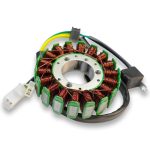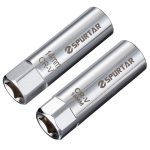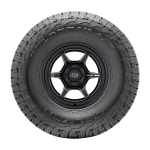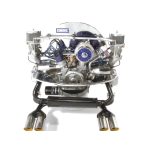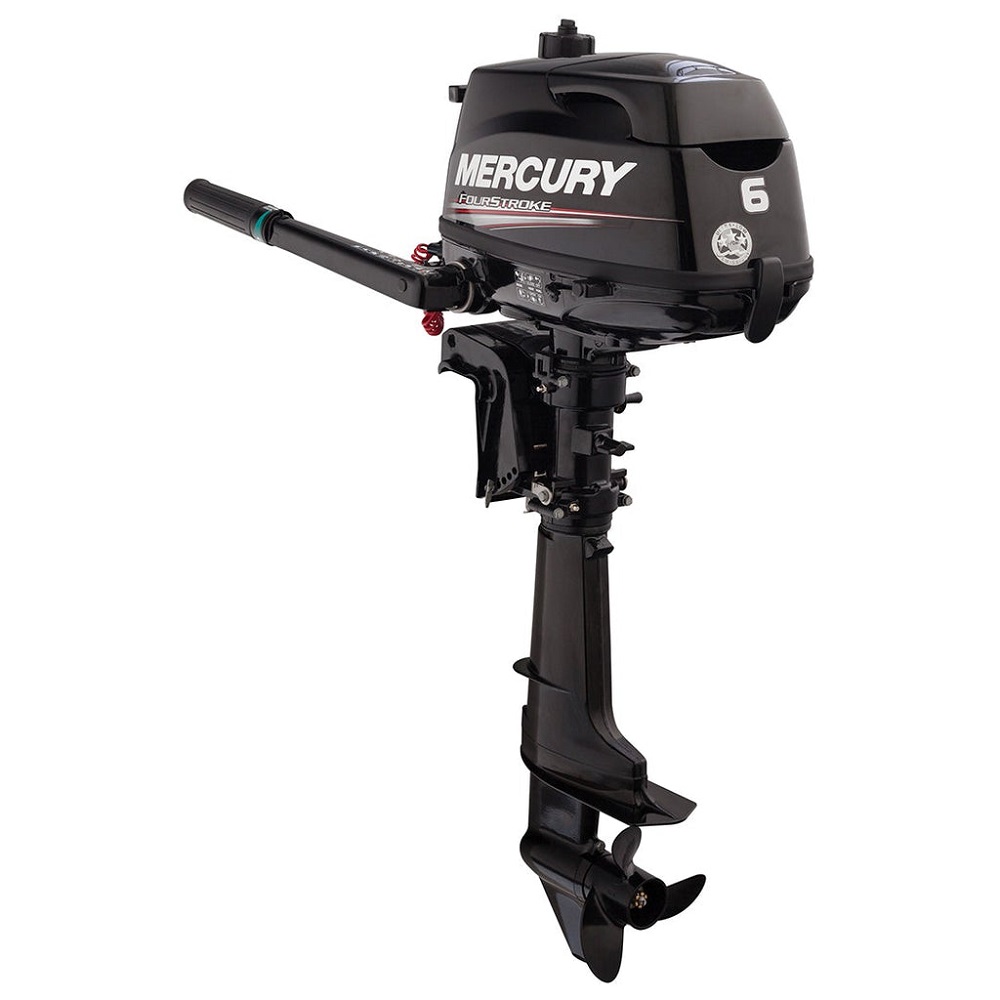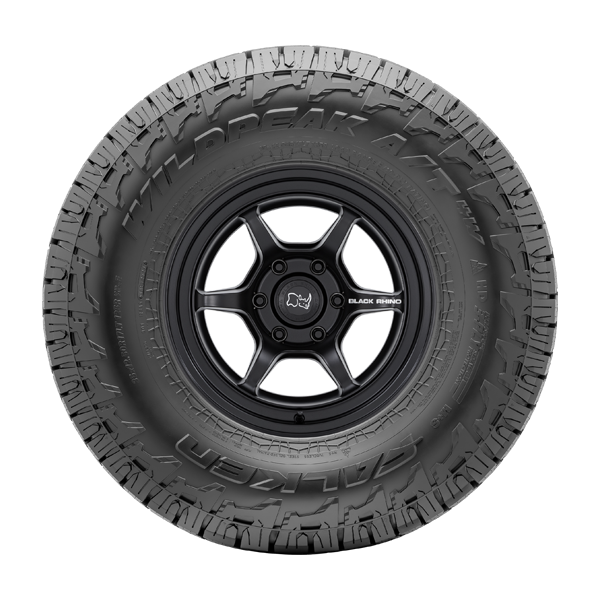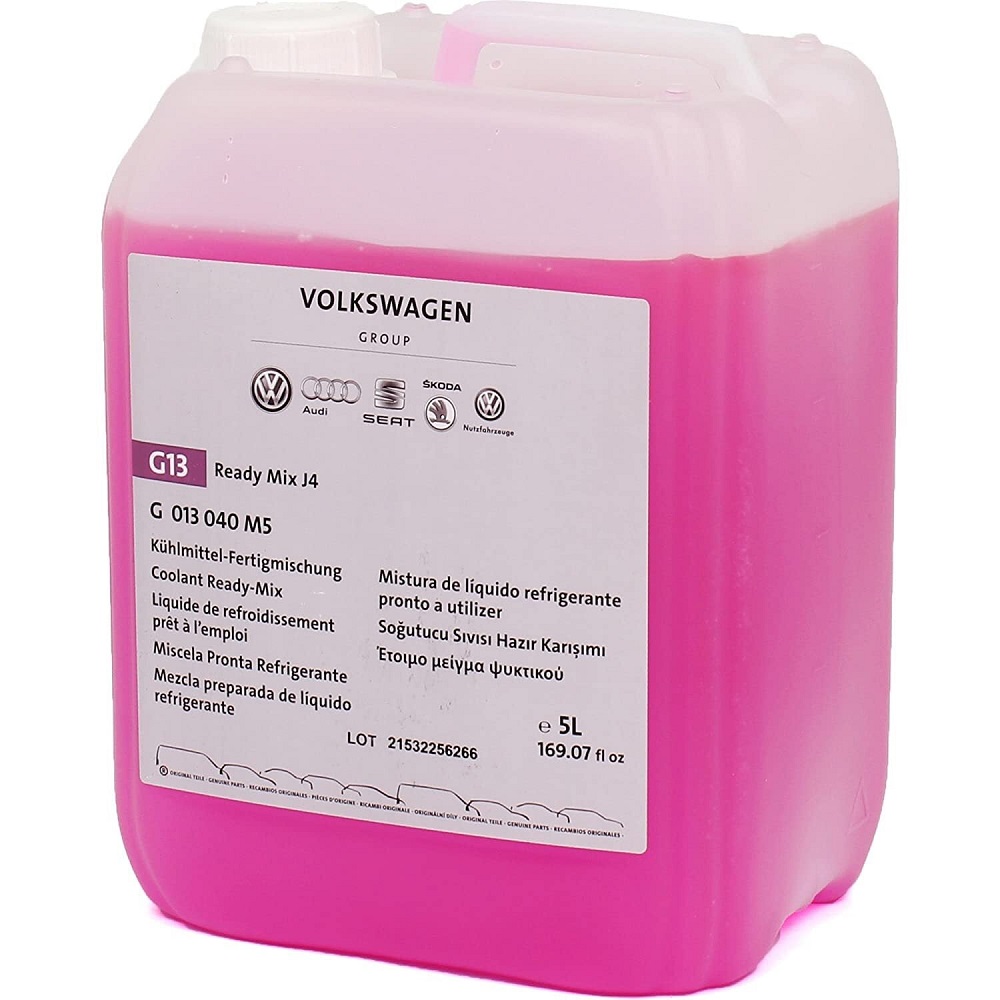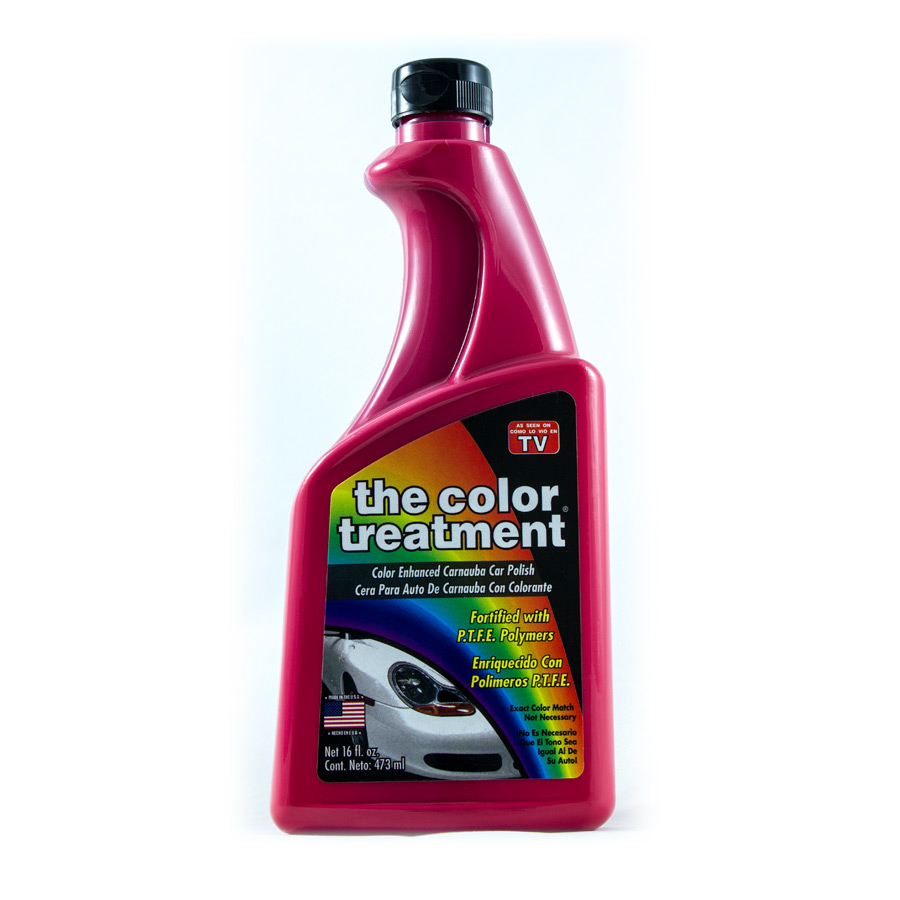Owning a boat equipped with an outboard motor can be exhilarating. Whether you use it for fishing, water sports, or leisurely cruising, maintaining your outboard motor is crucial for ensuring it performs well and lasts for many years. Proper care helps prevent expensive repairs and keeps your motor running efficiently. In this guide, we’ll provide top maintenance tips that can help you ensure the longevity of your outboard motors.
Regularly Inspect and Clean Your Motor
Conducting Visual Inspections
Routine inspections are essential for maintaining your outboard motor. Start by conducting a thorough visual inspection of the motor before each outing. Check for any visible signs of wear or damage, such as cracks, corrosion, or loose fittings. Pay special attention to the fuel lines and electrical connections, as these components can wear out over time. Look closely at the propeller for signs of damage or debris. A damaged propeller can affect your boat’s performance and lead to additional strain on the motor. Inspect under the cowling to check for any loose wires or fluid leaks. If you spot any issues, address them immediately. Taking prompt action can help prevent further damage and ensure your safety on the water.
Keeping the Motor Clean
Cleaning your outboard motor regularly helps remove dirt, grime, and salt buildup, especially if you frequent saltwater environments. Use freshwater to rinse off the exterior after each use, focusing on the internal parts like the cooling system and exhaust ports. A soft brush can assist in getting into hard-to-reach areas. After rinsing, dry the exterior thoroughly to prevent rust formation, particularly around screws and other metal fittings. For deeper cleaning, consider using a mixture of mild soap and water to scrub the exterior gently. Avoid using harsh chemicals that might damage the motor’s paint or components. Regular cleaning improves your motor’s efficiency and provides early detection of potential problems. Remember that a clean motor not only performs better but also adds to the overall aesthetic of your boat.
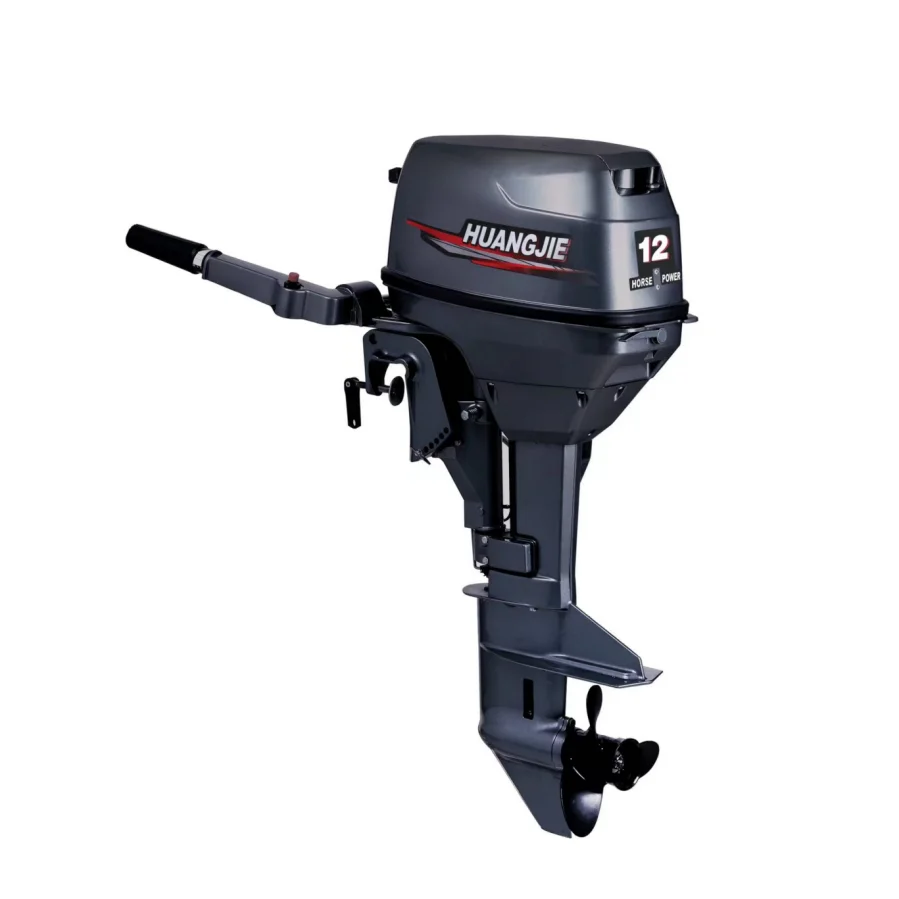
Change the Oil and Fuel Filters
Understanding Oil Replacement
Just like your car, an outboard motor requires regular oil changes to maintain optimal performance. Check your owner’s manual for specific recommendations for oil type and change intervals. Generally, it’s a good practice to change the oil every 50 to 100 hours of operation, or at least once a season. Be proactive about this; it can make a significant difference in engine integrity over time. When changing the oil, ensure you also replace the oil filter. Contaminants can accumulate in the oil over time, and replacing the filter helps keep your engine clean and functioning well. Make sure to remove the old oil properly and dispose of it according to local regulations to protect the environment.
Replacing Fuel Filters
Fuel filters are essential in keeping impurities out of your motor’s fuel system. Clogged filters can lead to decreased performance and even engine failure. Check your fuel filters regularly and replace them as recommended in your owner’s manual, typically once a season or after approximately 100 hours of use. To replace the fuel filter, simply detach it from the fuel line and install a new one, ensuring it’s secure. Always keep a spare fuel filter on hand, especially for long trips, so you can quickly replace it if needed. By prioritizing oil and fuel filter changes, you protect your investment and ensure that your outboard motor operates with efficiency and reliability.
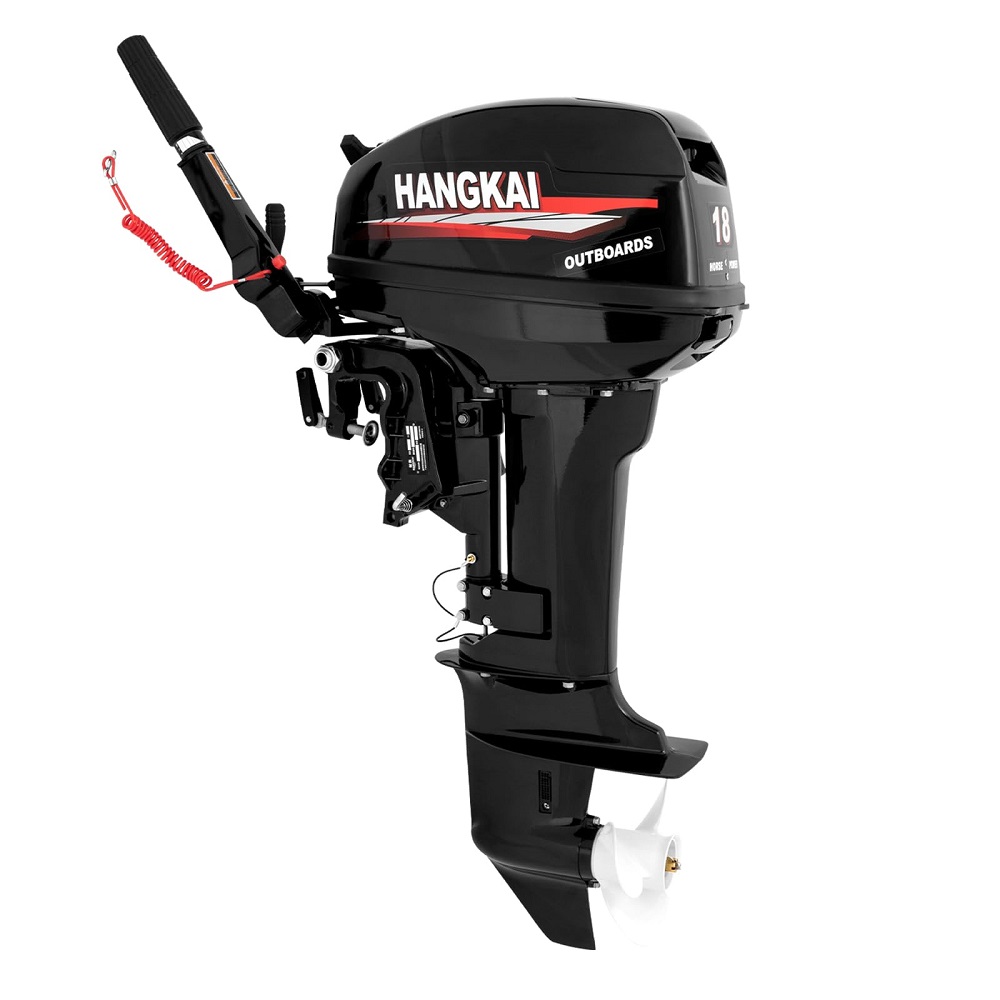
Maintain the Cooling System
Flushing the Cooling System
Proper maintenance of the cooling system is crucial for preventing overheating and extending the life of your motor. Saltwater can cause buildup in the cooling passages, leading to reduced efficiency and potential engine damage. After each outing, flush the cooling system with fresh water to remove any salt deposits or debris. Flushing not only prevents blockages but also maintains optimal operating temperatures, which is essential for keeping the engine running smoothly. To flush the system, locate the flush fitting, if available, and connect a hose. Start the motor and let it run for several minutes while water circulates through the system and effectively cleans it. This process ensures that fresh water cleans out any contaminants and maintains proper cooling performance.
Inspecting the Water Pump
The water pump plays a critical role in the cooling system by circulating water through the engine to keep it cool. Over time, the impeller may wear out, leading to inadequate cooling. Check the condition of the water pump impeller regularly and replace it whenever necessary. A simple visual inspection can often reveal significant wear or fraying. For the best results, physically replace the impeller once each season, regardless of whether it appears worn. Inspect the water indicator stream while the engine is running. A strong, steady stream indicates that the cooling system is functioning well. If you notice a weak or inconsistent stream, it may signal a problem with the water pump or engine overheating, which requires immediate attention to avoid more severe damage.
Check the Fuel System
Using Quality Fuel
Using high-quality fuel is one of the simplest ways to ensure your outboard motor runs efficiently. Always choose fuel that contains no more than 10% ethanol, as higher ethanol levels can attract moisture and lead to performance issues. Using quality fuel not only enhances engine performance but can also extend the life of various components. Fuel can degrade over time, so avoid using gasoline that’s been stored for an extended period. If you need to store your boat for a while, consider adding a fuel stabilizer to keep the fuel mixture fresh. This step prevents varnishing and clogging in the fuel system, reducing maintenance headaches in the future and allowing for a smoother operation the next time you take your boat out.
Inspecting Fuel Lines and Connections
Check the entire fuel system regularly, inspecting hoses and connections for any signs of deterioration or leaks. Look for cracks or brittleness in the hoses, as these can lead to fuel leaks that pose a fire hazard. Investigate any fuel seepage around connections, as this can indicate loose fittings or damaged hoses. If you find any issues, replace the hoses immediately. Always clean the fuel tank and replace the fuel filters as part of your seasonal maintenance. Keeping the fuel system clean helps ensure your outboard motor runs smoothly for years to come. Regularly checking the fuel system not only enhances performance but also minimizes the risk of on-water malfunctions that could otherwise lead to dangerous situations.

Monitor Electrical Systems
Inspecting Wires and Connections
The electrical system is vital for the operation of your outboard motors and should receive regular attention. Check all electrical connections and battery terminals for corrosion or loose wiring. Corroded terminals can lead to poor performance and even starting failures, leaving you stranded. Use a wire brush to clean corroded terminals and apply a thin layer of petroleum jelly to protect them from future corrosion. Ensure all wire connections are secure, as loose wires can cause intermittent power loss or malfunctions. Additionally, inspect the wiring for any frays or damage that could cause shorts or electrical issues. Keeping the electrical system in good condition enhances reliability and prevents unexpected breakdowns while out on the water.
Maintaining the Battery
A well-maintained battery is key to reliable outboard motors operation. If your boat has a lead-acid battery, ensure it’s fully charged before each outing and that the fluid levels are adequate. For sealed batteries, check the voltage regularly to ensure it’s within the manufacturer’s specifications. It’s essential to keep your battery in a well-ventilated area to prevent overheating and ensure proper performance. If your battery shows signs of trouble, consider replacing it proactively. A new, reliable battery can greatly impact your overall experience on the water and prevent unexpected power loss.
Store Your Outboard Motor Properly
Seasonal Preparation
Preparing your outboard motors for seasonal storage is crucial for maintaining its longevity. Before storing your motor for the winter, give it a thorough cleaning to remove dirt, salt, and grime. Ensure that you flush the cooling system and change the oil and fuel filters to ensure everything is clean. This preventative maintenance goes a long way toward preventing future issues and prolonging the life of your motor. Add fuel stabilizer to the tank and run the engine for a few minutes to distribute the stabilizer throughout the fuel system. By effectively preventing the fuel from degrading during long periods of storage, you help ensure a seamless start next season when you are ready to get back on the water.
Following Winterization Steps
If you live in a region with harsh winters, winterizing your outboard motor is essential. This process often includes removing the spark plugs and adding fogging oil to protect the engine’s internals from rust and corrosion. To fog the engine, spray the fogging oil into the spark plug holes while slowly cranking the engine, ensuring full distribution. Reinstall the spark plugs securely once the fogging oil is in place. Additionally, drain the fuel system and remove any water from the fuel tank to prevent freezing and potential damage. Following these steps ensures that your outboard motors will be ready for action when the boating season returns, allowing you to enjoy every moment on the water with confidence.
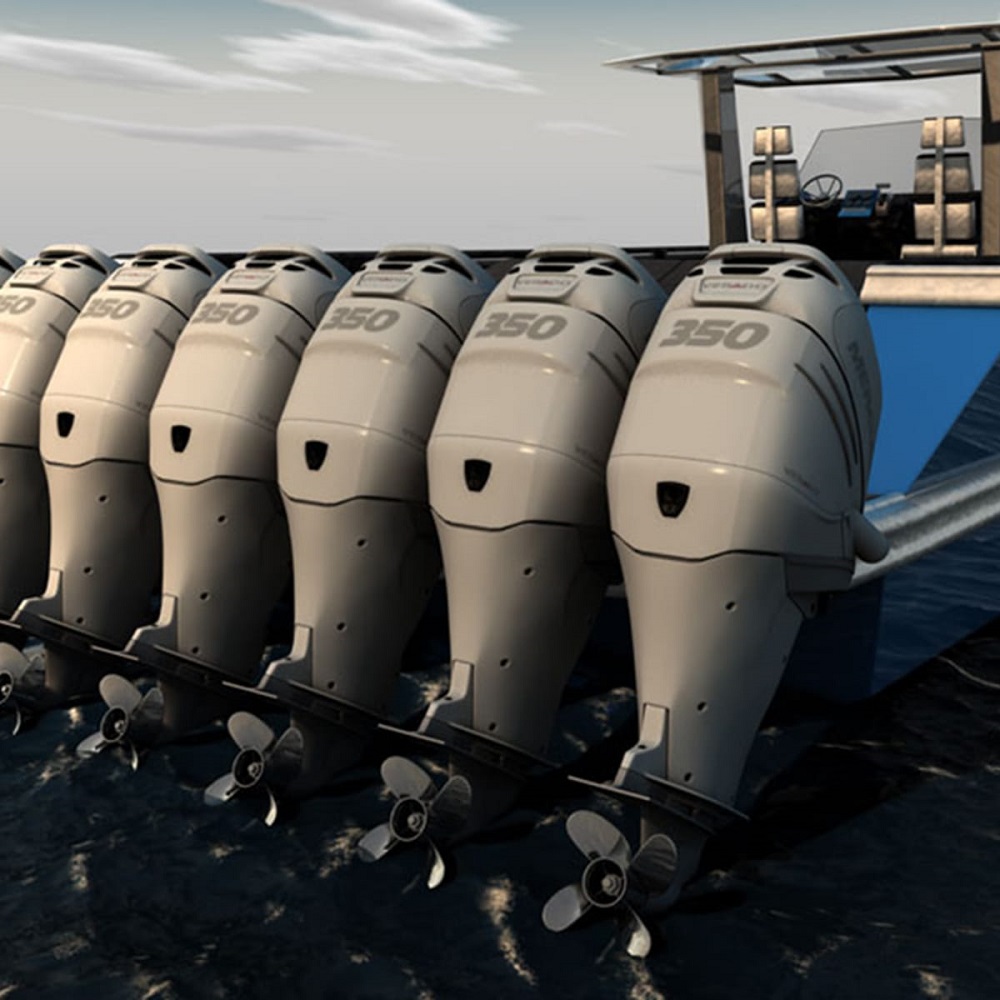
Conduct Regular Professional Maintenance
Scheduling Professional Inspections
While many maintenance tasks can be performed by individual boat owners, scheduling regular professional inspections is wise for more in-depth issues and maintenance. A qualified technician can spot potential problems before they escalate, ensuring the long-term health of your outboard motors. Regular professional check-ups typically involve more thorough diagnostics that owners might miss. Many technicians also have more specialized tools to ensure any problems are identified and corrected quickly.
Keeping a Maintenance Log
Maintaining a log of all maintenance and repairs performed on your outboard motor is beneficial for tracking its health over time. Record the dates, services performed, and any specific observations you or the professional technician noted. Using such a log helps identify patterns, allowing you to anticipate when certain repairs or maintenance tasks are approaching. If you ever decide to sell the boat, this detailed log will be a valuable selling point, showing potential buyers that the motor has received quality care. A log creates a clear maintenance history, enhancing your organization and ultimately improving the longevity and reliability of your outboard motors.
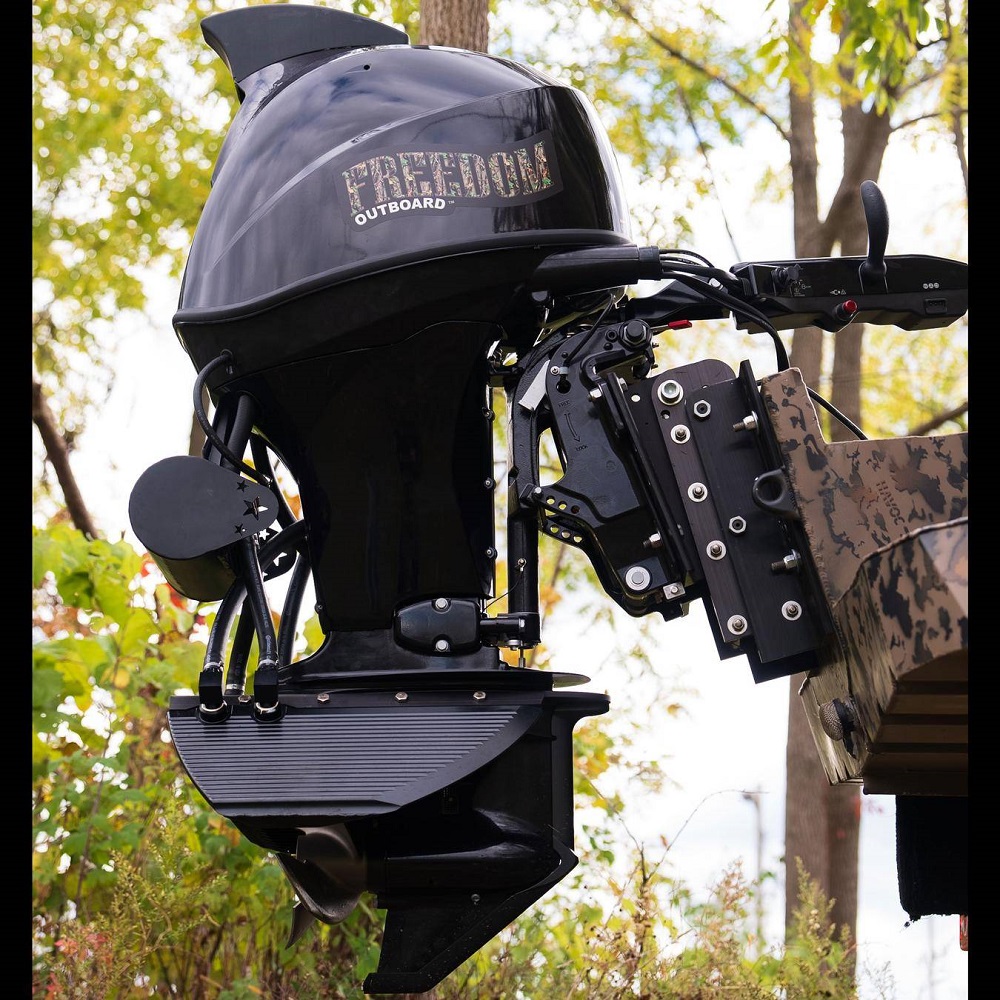
Conclusion
Regular maintenance of your outboard motor is crucial for its longevity and performance. By following these top maintenance tips, you take proactive measures to keep your motor running smoothly for many seasons. Regular inspections, proper cleaning, and professional maintenance will enhance your boating experience. With a well-maintained outboard motors, you can focus on enjoying the water and making memorable experiences. You’ll find that investing time in maintenance not only protects your investment but also enriches your overall boating adventure. Happy boating!
